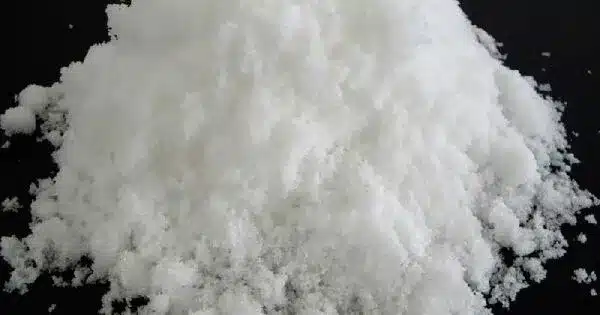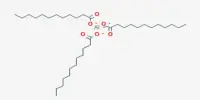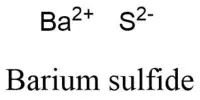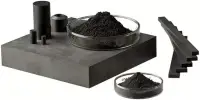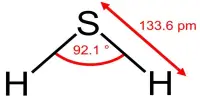Ammonium Aluminium Sulfate, also known as ammonium alum or ammonium aluminum sulfate dodecahydrate, is a white crystalline compound with the chemical formula (NH4)Al(SO4)2·12H2O. It is a double salt of ammonium sulfate and aluminum sulfate. It is used sparingly in a variety of niche applications. Tschermigite is a rare mineral that contains dodecahydrate.
Ammonium aluminium sulfate can be prepared by the reaction of aluminium sulfate and ammonium sulfate in water, followed by crystallization. It is soluble in water and has a slightly sweet and astringent taste. However, it is not recommended to consume it in large quantities as it may have adverse health effects.
Basic properties
Ammonium alum is made from aluminium hydroxide, sulfuric acid, and ammonium sulfate. It forms a solid solution with potassium alum. Pyrolysis leaves alumina. Such alumina is used in the production of grinding powders and as precursors to synthetic gems.
- Solubility: It is soluble in water and forms a clear solution. It is insoluble in alcohol.
- Density: The density of ammonium alum is 1.69 g/cm³.
- Melting and Boiling Point: It has a melting point of 93°C and a boiling point of 200°C.
- pH: In aqueous solution, ammonium alum has a pH of around 4.5 to 5.5.
- Crystal Structure: It forms octahedral crystals.
- Odor: It is odorless.
It is salt, which means that it is an ionic compound with a positively charged ammonium ion and a negatively charged aluminium sulfate ion. It is commonly used as a coagulant in water treatment, as an ingredient in baking powder, and as a flame retardant in textiles.
Uses
Ammonium alum is commonly used as a mordant in the dyeing of textiles, as a flame retardant in the treatment of wood and paper, and as a food additive (E523) in baking powder and pickling. It has astringent properties, which makes it useful in traditional medicine for treating minor cuts and wounds, as well as in the cosmetics industry for skin tightening.
Ammonium alum is not a major industrial chemical or a particularly useful laboratory reagent, but it is inexpensive and effective, which makes it suitable for a wide range of niche applications. It is used in water purification, vegetable glues, porcelain cement, deodorants, and textile tanning, dyeing, and fireproofing. The pH of the solution resulting from the topical application of ammonium alum with perspiration typically ranges from 3 to 5.
Safety
Ammonium alum is a common ingredient in animal-repellent sprays. However, ammonium alum has also been associated with some health concerns, particularly if ingested in large quantities. It may cause digestive problems, kidney damage, and neurological effects, among other adverse effects. As with any chemical substance, it is important to handle ammonium alum with care and follow proper safety precautions.
